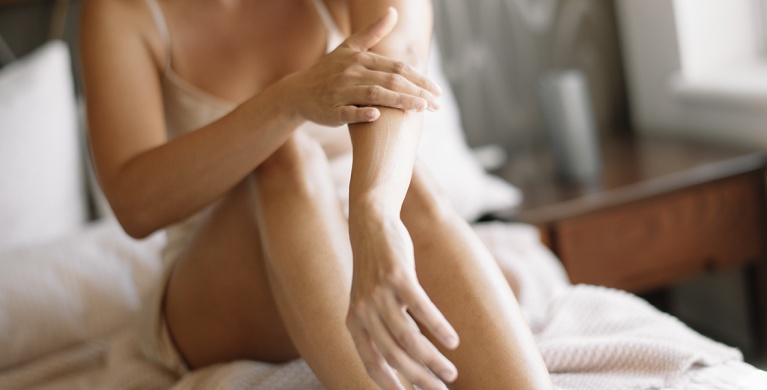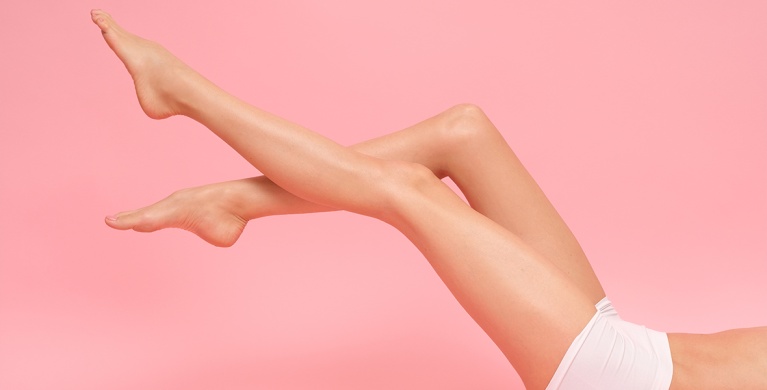

What is varicose eczema ?

If you notice red plaques on your legs, ankles or feet, it could be varicose eczema. Why do my legs itch at night? How can varicose eczema be treated? What can be done to relieve itchy varicose veins? The Eczema Foundation answers all your questions.
Varicose Eczema: Definition
Varicose eczema is eczema of the legs due to venous insufficiency. It should be the subject of a medical consultation. If the venous insufficiency is not treated, the eczema can develop into a leg ulcer. Varicose eczema is also known as stasis eczema. Like all other types of eczema, varicose eczema is in no way contagious.
Varicose Eczema: What are the symptoms?
Varicose eczema takes the form of red, more or less vesicular or scabbed plaques which, as with all forms of eczema, are intensely itchy. It occurs on the ankles, feet and calves. It is also often seen around leg ulcers. It may be associated with other skin disorders related to venous insufficiency, such as brownish pigmentation of the skin (ocher dermatitis) or swelling of the ankles (edema), which is more marked at the end of the day.
Varicose Eczema: What causes it?
Unlike other types of eczema, varicose eczema is, in most cases, not due to allergies. Its main cause is venous insufficiency. The veins in the legs are no longer able to pump blood back to the heart. Their walls dilate, forming varicose veins where blood accumulates and stagnates. This is venous stasis. This causes ankle edema and skin disorders such as ocher dermatitis or skin sclerosis, as well as chronic inflammation such as eczema.
However, not all leg eczema is due to venous insufficiency. Leg eczema can be seen in atopic eczema, particularly on the ankles and behind the knees. It can also be due to a contact allergy, such as to clothing (nickel metal zippers) or sports accessories like shin guards, etc.
What's more, in cases of venous insufficiency, the skin on the legs is more reactive and at risk of contact allergy. Thus, varicose eczema can be complicated by contact eczema due to a product applied to the skin or a leg ulcer dressing.
It is therefore strongly advised to seek specialist medical advice, both to assess and treat venous insufficiency, and to treat eczema and look for any potential, additional contact allergens.
How can varicose eczema be treated?
Like all eczema, varicose eczema is treated with the local application of topical corticosteroid creams. This treatment must be applied daily, for varying lengths of time. It can take several weeks, or even months, for the plaques to disappear. Traditional remedies or preparations based on plants and/or essential oils are not recommended for this particularly fragile skin, which is at risk of developing additional contact allergies.
To avoid recurrence, it is important to treat the venous insufficiency as well. This can take the form of sclerotherapy for varicose veins or surgical stripping to remove varicose veins. Preventive measures are also useful, such as physical activity (walking for at least 30 minutes a day) and wearing compression stockings.

